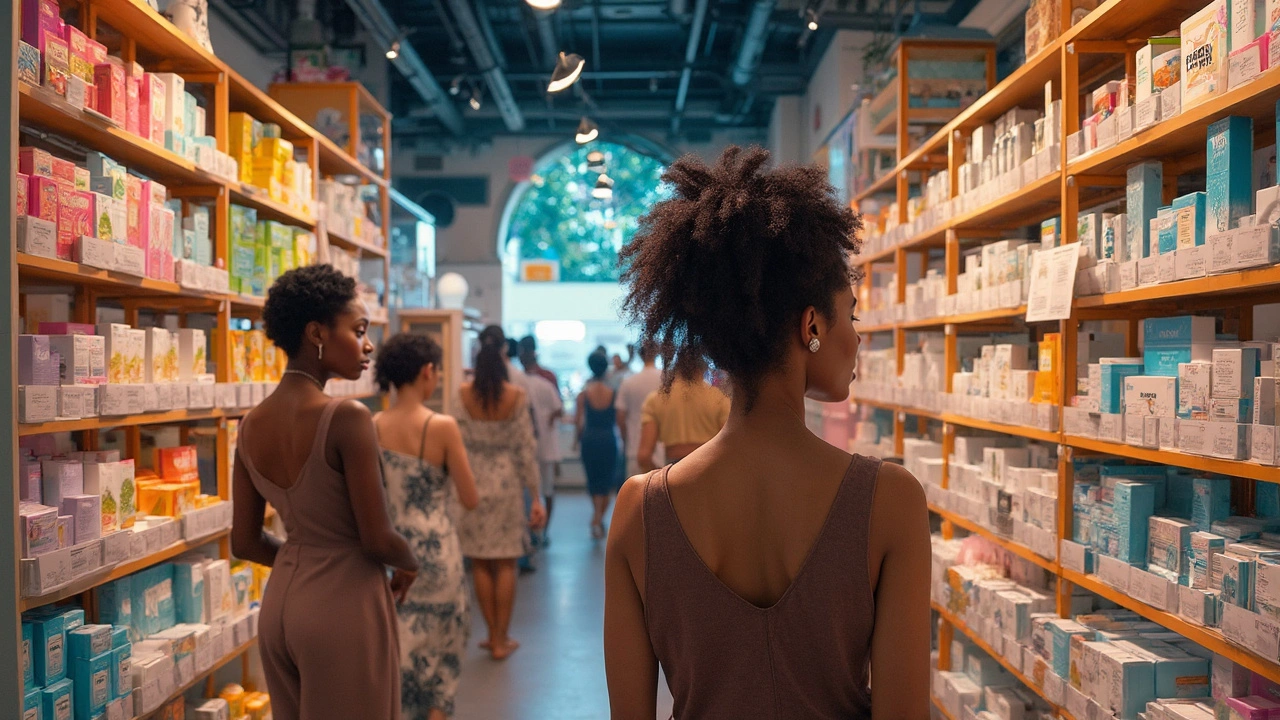Sebum Reduction: How to Cut Excess Oil Without Harming Your Skin
Is your face shiny by midday? Excess sebum makes skin look oily and can lead to clogged pores and breakouts. The good news: you don’t need harsh treatments to manage oil. With the right routine and a few lifestyle tweaks, you can lower sebum production and keep skin balanced.
What causes too much sebum?
Sebum comes from oil glands and is partly genetic. Hormones — especially androgens like testosterone — boost oil production. Stress, lack of sleep, and a high-glycemic diet can make it worse. Environment matters too: hot, humid weather and heavy cosmetics trap oil. Knowing the cause helps pick the right fix.
Topical and over-the-counter options that work
Start with a gentle cleanser twice a day. Use salicylic acid (0.5–2%) to dissolve oil inside pores and prevent blackheads. Niacinamide serums are great: they calm inflammation and help reduce oiliness without drying the skin. For active acne, benzoyl peroxide fights bacteria and reduces oil-related breakouts.
Retinoids (adapalene or prescription tretinoin) cut sebum over time by normalizing skin cell turnover. If you try a retinoid, use it at night and add moisturizer to avoid irritation. Clay masks once or twice a week absorb surface oil; don’t overdo them because strip-dry skin can rebound with more oil.
Pick lightweight, oil-free, non-comedogenic moisturizers and gel sunscreens. Matte primers and blotting papers help control shine during the day without changing your skin chemistry.
Lifestyle and medical approaches
Small habits matter. Sleep more, manage stress, and drink water. Lowering high-sugar foods and refined carbs can help some people — there’s good evidence that low-glycemic diets reduce acne and oil for some users. Eating greasy food doesn’t directly increase facial sebum for most people, but overall diet quality influences skin health.
If oil is severe or tied to hormonal changes, medical options exist. For women, combined oral contraceptives can lower androgen-driven oil. Spironolactone blocks androgen effects and reduces sebum for many patients, but it requires a doctor’s supervision. Isotretinoin is the strongest option and can dramatically cut sebum long-term; it’s only for severe cases and needs specialist monitoring.
Avoid home remedies that dry the skin harshly — rubbing alcohol, lemon juice, or frequent harsh exfoliation often backfire by causing more oil and irritation.
Simple routine idea: morning — gentle cleanse, niacinamide or lightweight toner, oil-free moisturizer, gel sunscreen. Night — cleanse, treat with salicylic acid or retinoid (alternate nights), hydrate. Add a clay mask once a week and use blotting papers as needed during the day. Track changes for 4–8 weeks; skin needs time to respond.
If oil and breakouts don’t improve or worsen, see a dermatologist. They can run hormone tests, recommend prescription options, and tailor a safe plan so you get less shine and healthier skin without unnecessary damage.
Discover 6 Game-Changing Alternatives to Isofair in 2025
Exploring innovative alternatives to Isofair in 2025 is essential for those seeking personalized acne treatments. This article covers various options that cater to different skin needs and concerns. Gain insights on their efficacy, potential benefits, and drawbacks to make an informed choice. Understand how each option works and which one might be the most suitable for your unique skin condition. Empower yourself with knowledge to take control of your skin health.
More
